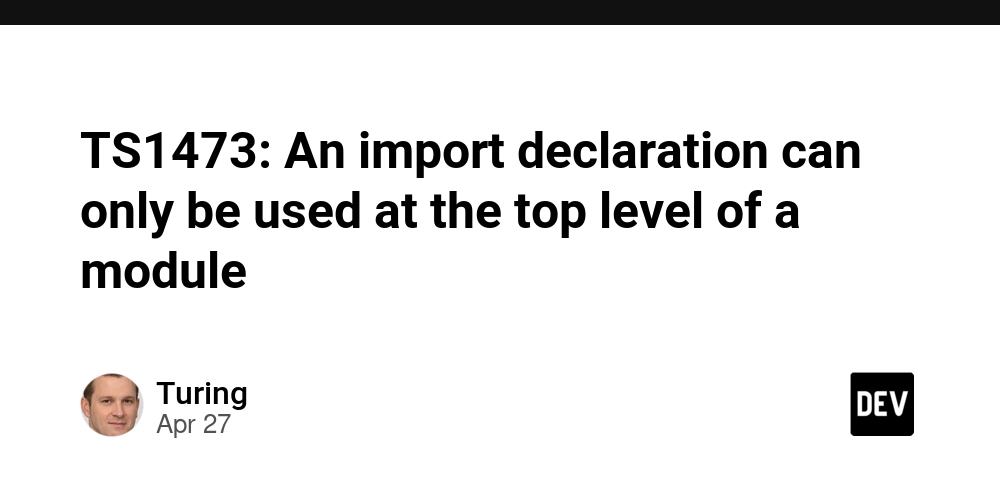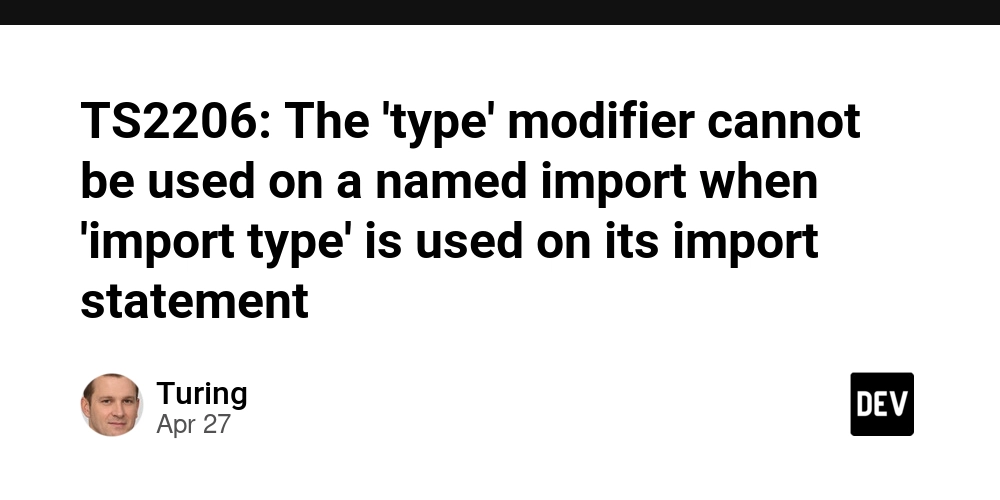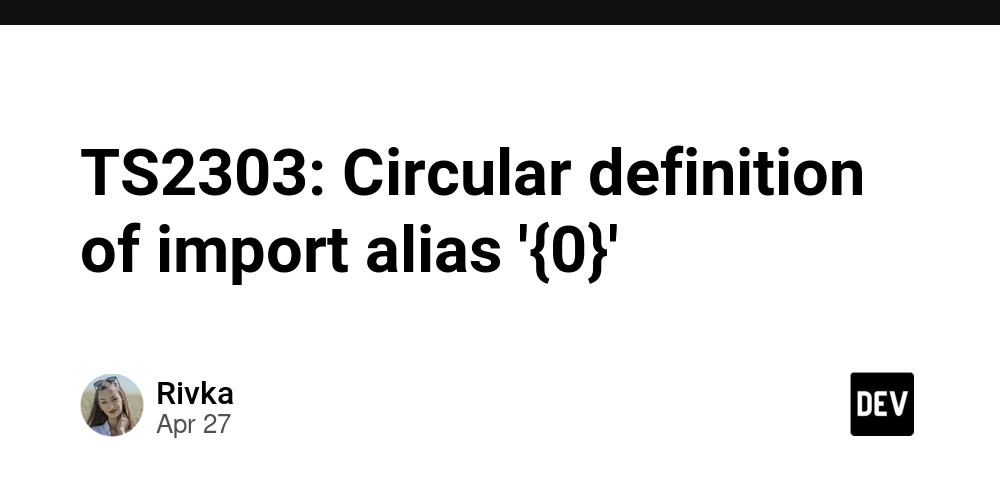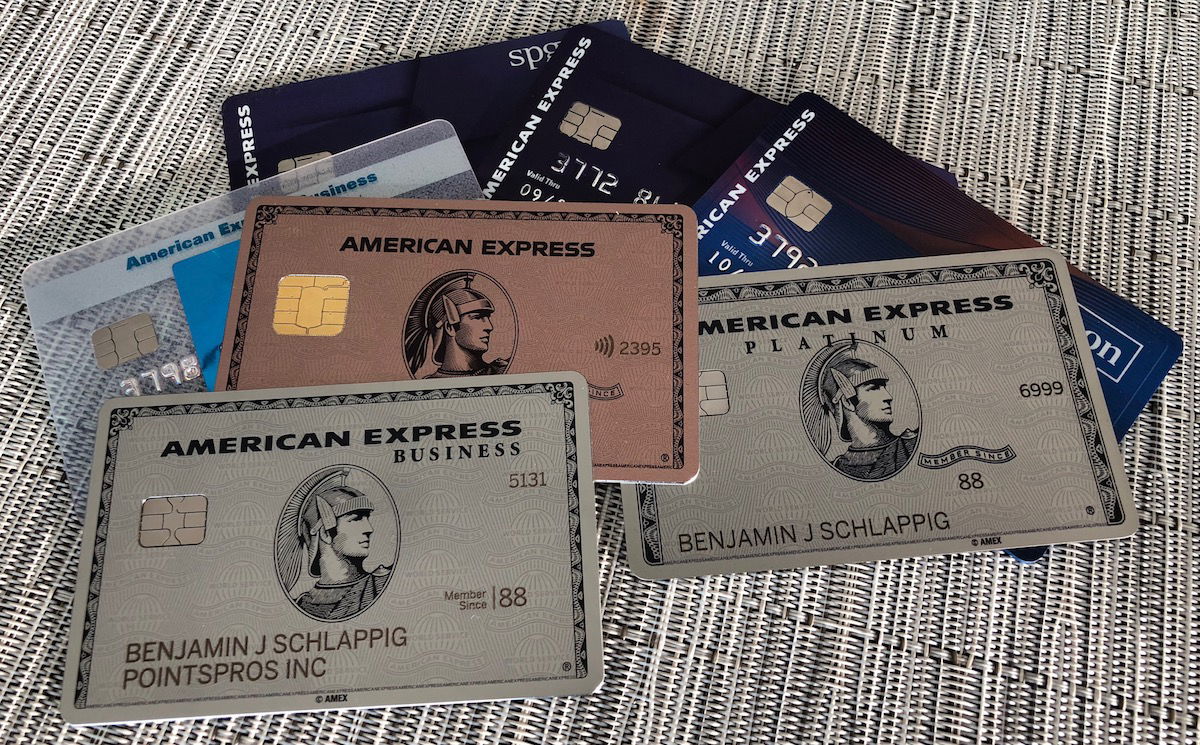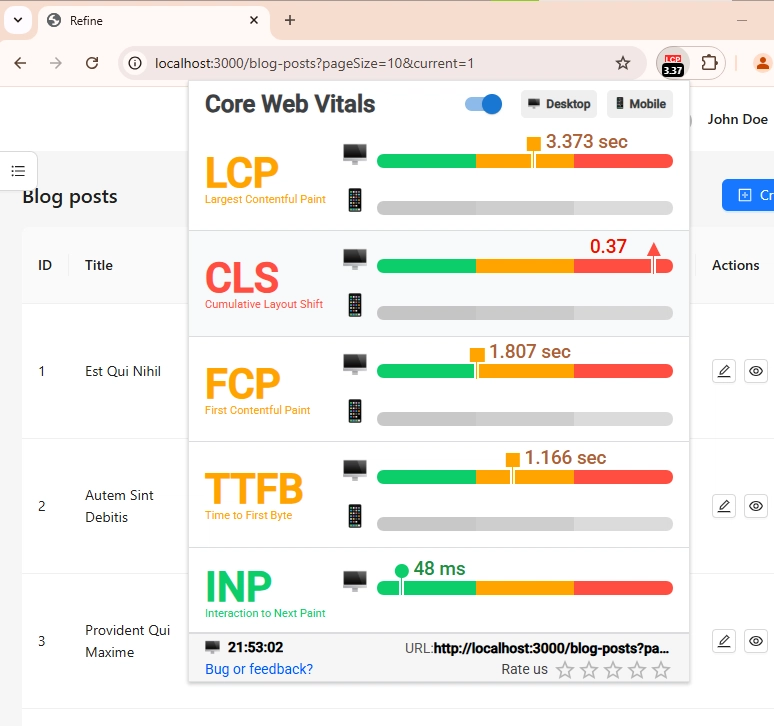Arbitrum Token Distribution: Pioneering Community-Driven DeFi Growth
Abstract: This post provides an in-depth analysis of Arbitrum's token distribution strategy and its impact on the decentralized finance (DeFi) ecosystem. We explore how the ARB token powers governance, incentivizes community participation, and supports sustainable ecosystem development. By delving into the history of Arbitrum, examining core concepts such as vesting schedules and decentralized governance, outlining real-world applications, and discussing technical and adoption challenges, this comprehensive overview highlights how strategic token distribution catalyzes innovation and scalability in blockchain technology. For further details, see the Original Article. Introduction In the dynamic world of decentralized finance, scalability and security are paramount. Layer-2 solutions are in high demand, and Arbitrum, developed by Offchain Labs, offers a transformative solution. By leveraging optimistic rollup technology, Arbitrum enables scalable and cost-effective transactions on Ethereum, fostering a secure and efficient environment for decentralized applications (dApps). At the heart of this ecosystem lies the ARB token, a key instrument for community governance and incentive alignment. In this post, we detail the nuances of Arbitrum’s token distribution strategy, discuss its design, and examine its far-reaching implications for decentralized ecosystems. Through technical analysis and accessible language, we break down how ARB token distribution contributes to innovation and sustainable development within the DeFi space. Background and Context The Evolution of Layer-2 Solutions Blockchain scalability issues have long plagued Ethereum due to its limited transaction throughput and high gas fees. Arbitrum emerged as one of the groundbreaking blockchain scalability solutions. This development is part of a broader shift where layer-2 platforms leverage off-chain computation to resolve congestion while inheriting the security of Ethereum’s mainnet. Innovative projects in the field, as discussed in this guide on blockchain scalability, showcase the broader importance of such solutions. A Brief History of Arbitrum Arbitrum was designed to tackle these challenges head on. Launched by Offchain Labs, it employs optimistic rollups, a technology that aggregates transactions off-chain and then periodically submits them to Ethereum. This not only reduces congestion but also lowers transaction costs, opening up new opportunities for decentralized applications and community-driven projects. Defining the ARB Token The ARB token is more than a merely fungible asset—it functions as the linchpin for governance and incentive mechanisms within the Arbitrum ecosystem. Token holders can vote on critical changes, propose new developments, and influence the project’s future direction. To explore more about blockchain governance, refer to this article on decentralized governance. Core Concepts and Features Token Distribution Mechanism Arbitrum’s token distribution strategy is designed to balance the interests of early adopters, team members, investors, and development partners. The distribution model is carefully crafted to mitigate risks such as market volatility and ensure long-term growth. A simplified breakdown of the allocation is shown in the table below: Allocation Category Percentage Purpose Community Allocation 50% Rewards for early adopters, contributions, airdrops, and liquidity mining. Team and Advisors 20% Incentivizing Offchain Labs’ team and strategic advisors with vesting. Investor Allocation 15% Aligns early-stage investor interest through vesting schedules. Ecosystem and Partnerships 15% Supports grants, partnerships, and community development initiatives. This table illustrates a balanced approach to ensure community empowerment and long-term commitment. For more insights on token funding models, visit this resource. Vesting Schedules and Long-Term Commitment A critical element that sets the ARB token apart is its well-structured vesting mechanism. Vesting periods prevent rapid sell-offs, encouraging a sustained commitment by team members and investors while reducing short-term volatility. This approach is fundamental to maintaining market stability and ensuring that the ecosystem remains resilient through both growth phases and market corrections. Governance and Decentralization At its core, the ARB token underpins a decentralized governance model. The Arbitrum project leverages a decentralized autonomous organization (DAO) framework that empowers the community to make collaborative decisions. Token holders not only cast votes but also help shape the project roadmap, aligning diverse stakeholder interests. Read more about the benefits of decentralized governance in this detailed discussion. Applications and Use Cases The robust design behind Arbitrum’s token distribu
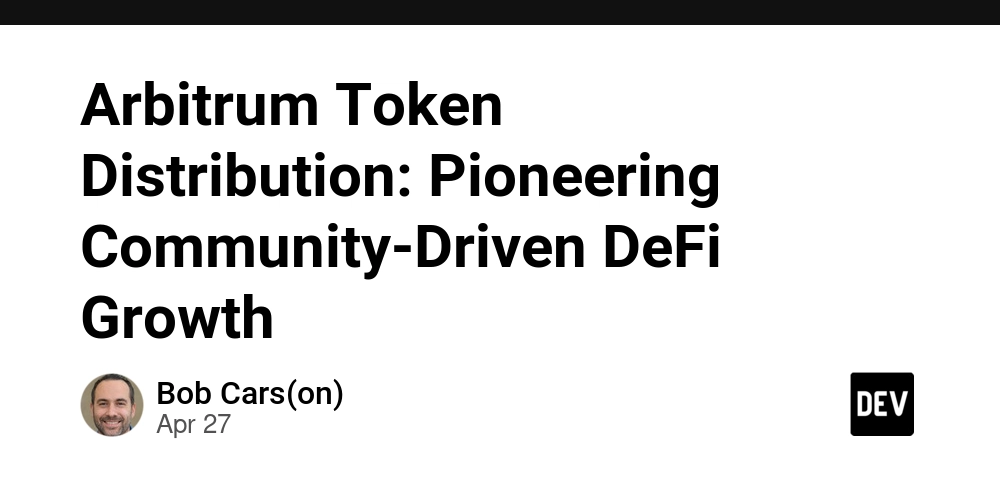
Abstract:
This post provides an in-depth analysis of Arbitrum's token distribution strategy and its impact on the decentralized finance (DeFi) ecosystem. We explore how the ARB token powers governance, incentivizes community participation, and supports sustainable ecosystem development. By delving into the history of Arbitrum, examining core concepts such as vesting schedules and decentralized governance, outlining real-world applications, and discussing technical and adoption challenges, this comprehensive overview highlights how strategic token distribution catalyzes innovation and scalability in blockchain technology. For further details, see the Original Article.
Introduction
In the dynamic world of decentralized finance, scalability and security are paramount. Layer-2 solutions are in high demand, and Arbitrum, developed by Offchain Labs, offers a transformative solution. By leveraging optimistic rollup technology, Arbitrum enables scalable and cost-effective transactions on Ethereum, fostering a secure and efficient environment for decentralized applications (dApps). At the heart of this ecosystem lies the ARB token, a key instrument for community governance and incentive alignment.
In this post, we detail the nuances of Arbitrum’s token distribution strategy, discuss its design, and examine its far-reaching implications for decentralized ecosystems. Through technical analysis and accessible language, we break down how ARB token distribution contributes to innovation and sustainable development within the DeFi space.
Background and Context
The Evolution of Layer-2 Solutions
Blockchain scalability issues have long plagued Ethereum due to its limited transaction throughput and high gas fees. Arbitrum emerged as one of the groundbreaking blockchain scalability solutions. This development is part of a broader shift where layer-2 platforms leverage off-chain computation to resolve congestion while inheriting the security of Ethereum’s mainnet. Innovative projects in the field, as discussed in this guide on blockchain scalability, showcase the broader importance of such solutions.
A Brief History of Arbitrum
Arbitrum was designed to tackle these challenges head on. Launched by Offchain Labs, it employs optimistic rollups, a technology that aggregates transactions off-chain and then periodically submits them to Ethereum. This not only reduces congestion but also lowers transaction costs, opening up new opportunities for decentralized applications and community-driven projects.
Defining the ARB Token
The ARB token is more than a merely fungible asset—it functions as the linchpin for governance and incentive mechanisms within the Arbitrum ecosystem. Token holders can vote on critical changes, propose new developments, and influence the project’s future direction. To explore more about blockchain governance, refer to this article on decentralized governance.
Core Concepts and Features
Token Distribution Mechanism
Arbitrum’s token distribution strategy is designed to balance the interests of early adopters, team members, investors, and development partners. The distribution model is carefully crafted to mitigate risks such as market volatility and ensure long-term growth. A simplified breakdown of the allocation is shown in the table below:
| Allocation Category | Percentage | Purpose |
|---|---|---|
| Community Allocation | 50% | Rewards for early adopters, contributions, airdrops, and liquidity mining. |
| Team and Advisors | 20% | Incentivizing Offchain Labs’ team and strategic advisors with vesting. |
| Investor Allocation | 15% | Aligns early-stage investor interest through vesting schedules. |
| Ecosystem and Partnerships | 15% | Supports grants, partnerships, and community development initiatives. |
This table illustrates a balanced approach to ensure community empowerment and long-term commitment. For more insights on token funding models, visit this resource.
Vesting Schedules and Long-Term Commitment
A critical element that sets the ARB token apart is its well-structured vesting mechanism. Vesting periods prevent rapid sell-offs, encouraging a sustained commitment by team members and investors while reducing short-term volatility. This approach is fundamental to maintaining market stability and ensuring that the ecosystem remains resilient through both growth phases and market corrections.
Governance and Decentralization
At its core, the ARB token underpins a decentralized governance model. The Arbitrum project leverages a decentralized autonomous organization (DAO) framework that empowers the community to make collaborative decisions. Token holders not only cast votes but also help shape the project roadmap, aligning diverse stakeholder interests. Read more about the benefits of decentralized governance in this detailed discussion.
Applications and Use Cases
The robust design behind Arbitrum’s token distribution propels several practical applications:
Community Governance and Voting:
The ARB token enables everyday users to participate in the decision-making process. Whether it’s rolling out protocol updates or launching new features, token holders can directly shape the project's evolution. This democratic approach assures that upgrades align with community and developer interests.Incentivizing Network Participation:
A significant portion of tokens is allocated to reward community members for actively engaging in network activities such as staking, liquidity provision, and operating nodes. This reward-based model not only drives adoption but also incentivizes continuous network participation.Facilitating Strategic Partnerships:
Tokens designated for ecosystem and partnership development help secure collaborations with other players in the blockchain space. These strategic alliances are essential for integrating cross-chain functionalities, enhancing interoperability, and broadening the platform’s reach. For additional perspectives on interoperability, check out this article on Arbitrum and Ethereum interoperability.
Additional example use cases include:
- Funding grant programs for innovative dApps.
- Enabling fair distribution of tokens among early backers and new users.
Challenges and Limitations
While the ARB token distribution model presents significant benefits, several challenges must be acknowledged:
Technical Vulnerabilities:
Although Arbitrum leverages industry-leading secure rollup technology, smart contract bugs or unforeseen vulnerabilities in the off-chain process can occur. Mitigating these risks requires constant audits and transparent security protocols.Market Volatility:
The token market is inherently volatile. Even with vesting schedules in place, market fluctuations may lead to uncertainty affecting both investor confidence and community sentiment.Adoption Hurdles:
Onboarding new users to a decentralized governance model can be challenging. Education and transparent communication remain vital to explain the benefits of token holding and long-term ecosystem participation.Regulatory Uncertainty:
As governments formulate regulations around digital assets, projects like Arbitrum must navigate an unclear landscape. Regulatory shifts could impact community-driven governance models and token distribution strategies.
Below is a bullet list of key challenges:
- Security Risks: Exposure to potential smart contract vulnerabilities.
- Token Volatility: Market fluctuations impacting token value.
- User Adoption: The learning curve associated with DAO and decentralized governance.
- Regulatory Landscape: Compliance with emerging legal frameworks.
Future Outlook and Innovations
The future of Arbitrum and the ARB token is teeming with promising possibilities. Here are some trends that are shaping the next phase of development:
Advancements in Interoperability
Increasingly, blockchain ecosystems are converging. Arbitrum’s emphasis on seamless Ethereum integration and cross-chain interoperability will likely gain more attention. Innovations in interchain communication protocols promise not only better scalability but also more diverse use cases. For instance, integrating solutions like these can enhance interoperability between traditional finance systems and decentralized finance platforms. Check out this analysis of Arbitrum’s interoperability for deeper insights.
Reinforcing Decentralized Governance
Decentralized governance is evolving from a buzzword to a critical component of blockchain projects. With ARB tokens, the emphasis on a community-led decision-making process remains strong. Advancements in governance frameworks such as quadratic voting and streamlined DAO participation could further empower community members to influence the direction of the platform. Such innovation is key to maintaining a sustainable and inclusive ecosystem.
Innovation in Tokenomics and Incentivization
Future developments are expected to introduce more sophisticated tokenomics models. Enhancements such as dynamic token burns, additional staking rewards, and layered incentive structures can better align economic signals among diverse stakeholders. This may accelerate both the speed and quality of innovation in decentralized systems. For a comprehensive breakdown of tokenomics, refer to this resource on NFT tokenomics.
Ecosystem Growth Through Partnerships
As the blockchain landscape matures, partnerships across different sectors—ranging from gaming to traditional finance—are anticipated. The ARB token’s dedicated allocation toward ecosystem development enables Arbitrum to build bridges with strategic partners. These partnerships not only help in technology sharing but also boost overall network utility. Collaborations with projects focusing on privacy, fraud detection, and cross-chain functionality will likely fuel long-term success.
Incorporating Emerging Technologies
Looking ahead, combining blockchain with emerging technologies such as artificial intelligence and Internet-of-Things (IoT) can drive innovative use cases for Arbitrum. Imagine smart cities that leverage secure, off-chain computation for real-time governance decisions or decentralized marketplaces that incorporate AI-based fraud detection—all powered by robust layer-2 solutions.
Summary
Arbitrum’s token distribution strategy for the ARB token reflects a well-conceived plan to empower communities, encourage sustainable development, and foster a robust ecosystem in decentralized finance. By distributing tokens among the community, team, investors, and partners—with carefully structured vesting schedules—Arbitrum ensures long-term commitment and stability.
To summarize, the key takeaways are:
- Balanced Allocation: With 50% for community rewards, 20% for the team, 15% for investors, and 15% for ecosystem partnerships, the strategy supports inclusivity and decentralization.
- Governance Empowerment: The ARB token is critical for decentralized governance, allowing users to actively participate in shaping the platform’s future.
- Sustainable Incentives: Vesting schedules and incentivization programs mitigate volatility and encourage long-term ecosystem participation.
- Forward-Thinking Developments: The future of Arbitrum is built on enhanced interoperability, refined governance models, advanced tokenomics, and strategic partnerships—all converging to drive mass adoption in the DeFi space.
For those interested in delving deeper into the specifics of this topic, refer back to the Original Article along with additional resources such as Arbitrum's official site and Offchain Labs.
Additional Resources and External Links
Here are some curated links and articles that complement this discussion:
- Blockchain Scalability Solutions
- Decentralized Governance in Open Source
- Blockchain Project Funding and Token Distribution
- Arbitrum and Ethereum Interoperability
- Unlocking Blockchain Potential: Arbitrum and the Future of Interoperability
Furthermore, community discussions on platforms like Dev.to offer valuable insights on open source funding and blockchain scaling. Read articles such as:
- Understanding GitHub Sponsors’ Impact on Open Source
- Navigating Open Source Funding for Startups: Opportunities and Challenges
Final Thoughts
In conclusion, Arbitrum’s token distribution is not merely a funding mechanism—it is a blueprint for sustainable, community-driven progress in decentralized finance. By balancing community empowerment, long-term investor commitment, and robust governance models, Arbitrum paves the way for a more inclusive and scalable economic ecosystem in blockchain technology.
The thoughtful alignment of incentives and risk mitigation strategies underscores the project’s dedication to innovation, ensuring that the ARB token remains at the forefront of DeFi advancements. As blockchain technology continues to evolve, projects like Arbitrum exemplify how strategic tokenomics can drive broad-based adoption and fuel the next generation of decentralized applications.
With enhanced transparency, improved interoperability, and a forward-thinking approach to governance, Arbitrum promises to reshape the landscape of digital finance—creating value for developers, investors, and the entire community alike.
Thank you for reading! Stay tuned for more insights into the cutting edge of blockchain scalability, tokenomics, and decentralized governance.





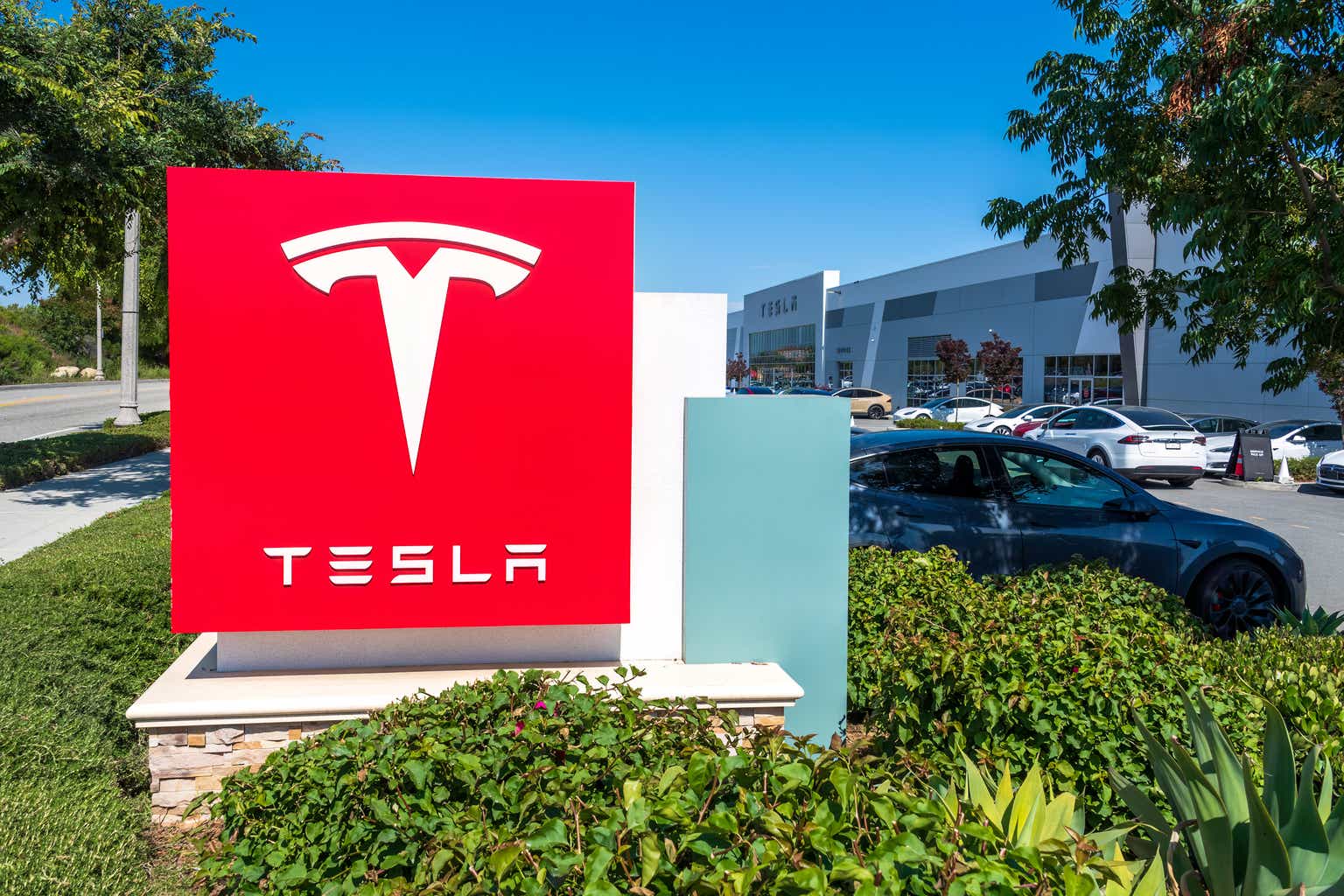



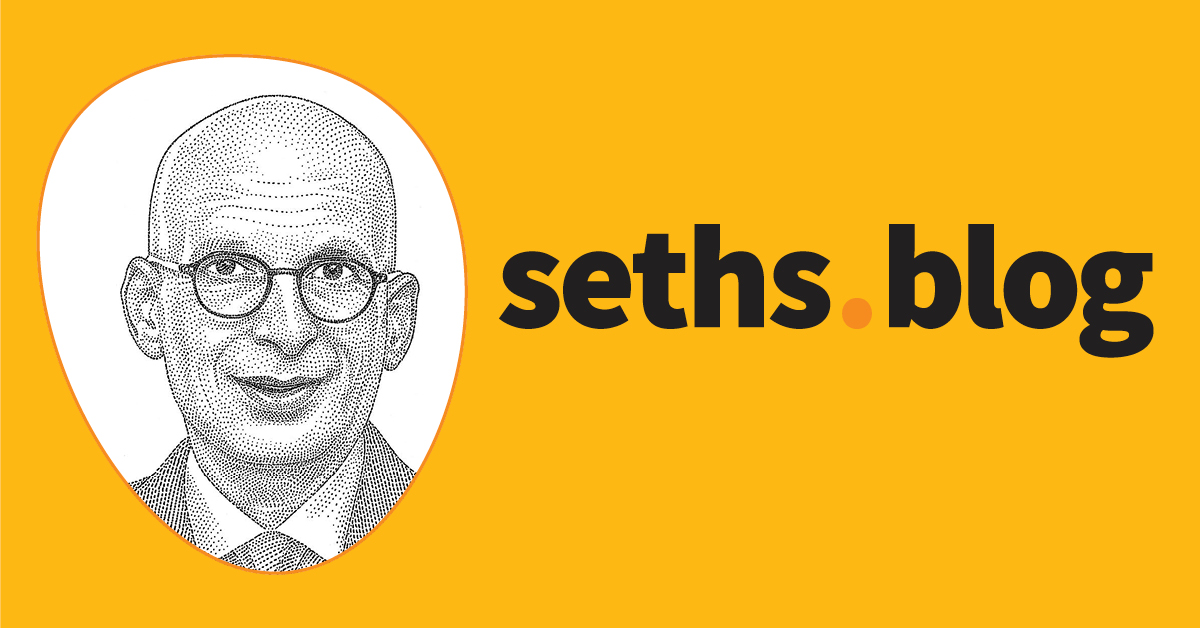


![[DEALS] Koofr Cloud Storage: Lifetime Subscription (1TB) (80% off) & Other Deals Up To 98% Off – Offers End Soon!](https://www.javacodegeeks.com/wp-content/uploads/2012/12/jcg-logo.jpg)
